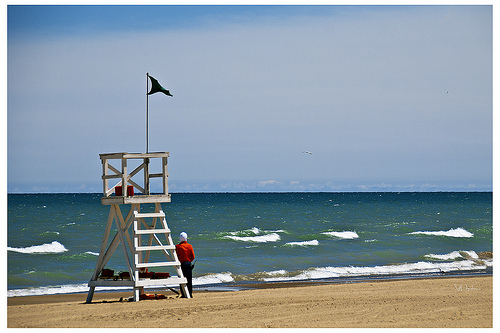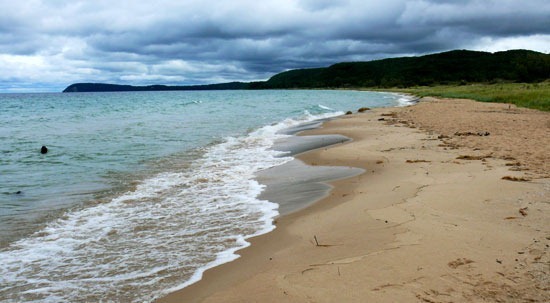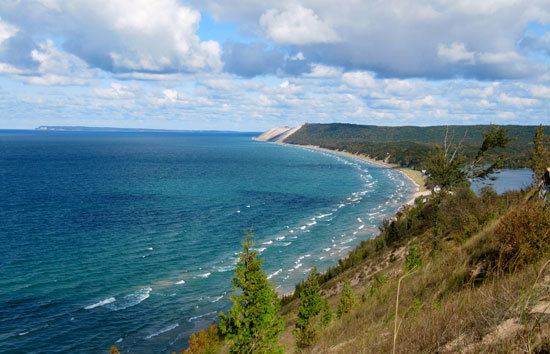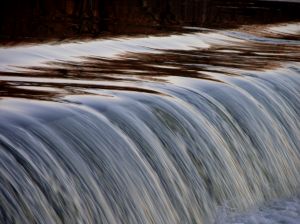Central Michigan Researchers Use Border Collies to Chase Away Seagulls, Lower Beach E. Coli Levels
0Researchers at Central Michigan University have found that border collies can be used to control seagull populations on Great Lakes beaches, according to the Los Angeles Times. Results of their work have also been shared with the American Society for Microbiology.
The work is useful because the presence of seagulls, and the fecal waste they leave behind, are related to higher levels of E. coli near beaches.

A Lake Superior beach. (Credit: Flickr User Michael Sprague via Creative Commons)
Most of the investigation was completed along eastern Lake Michigan during the summers of 2012 and 2013 with funding from the Great Lakes Restoration Initiative. Sections of beach were randomly chosen to serve as control beaches. Researchers recorded the number of gulls at the beaches every 15 minutes from 8 a.m. to 6 p.m. for 38 straight days in 2012. In 2013, they recorded gull numbers in the mornings and evenings, focusing on weekdays.
Each week throughout the two-summer period, samples of beach water and beach sand were collected so that E. coli levels could be checked. By using radio tags, gull movements were also analyzed to monitor the birds’ preferences for different landscape types.

A border collie runs on a beach. (Credit: Flickr User Philip Clifford via Creative Commons)
Researchers found that samples from beaches where the collies were used had significantly lower E. coli counts than control beaches.
Other techniques considered for the study included wires, strobe lights or lasers. But researchers say dogs are a more suitable control method to keep gulls away from public beaches. What’s more, the dogs love the work.
“Border collies chase the gulls but don’t catch them or kill them,” said Elizabeth Alm, a microbiologist at Central Michigan. She notes that the dogs resemble coyotes, a natural predator of gulls, and have strong chasing and stalking instincts.













